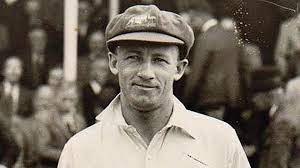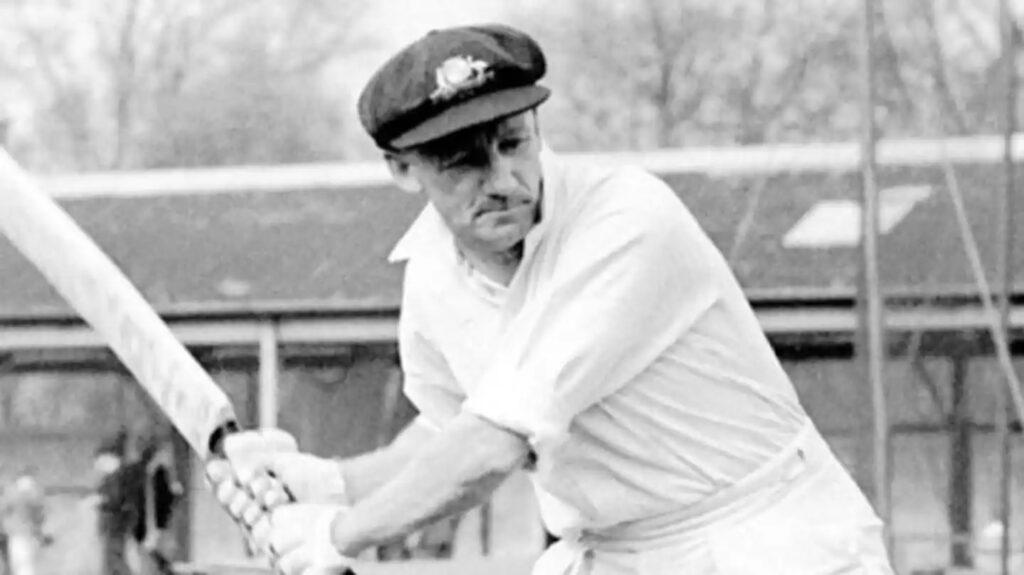
Sir Don Bradman was a cut above the rest. Not simply because of his astounding average of 99.94. But even as a captain, he had different ways of tackling adverse situations.
The world saw one such instance during the Melbourne Test between Australia and England in 1937.
The Ashes Test began with the Aussies trailing 0-2 on home turf after defeats in Brisbane and Sydney. Bradman’s scores in the two losses were 38, 0, 0 and 82. Of course, there were question marks on his reputation – both as a batter and a captain.
Batting first, Australia were 33/2 when Bradman was out for 13. They were further 181/6 when heavy rain left the pitch wet abandoned play on Day 1. The pitches were left uncovered during those times which made the MCG track incredibly tough to bat on. The ball was shooting up from a length on Day 2 when Australia resumed.
It was a Timeless Test but Bradman declared at 200/9 to put the opposition in to bat when the ball was acting mischievously. The move worked. England skittled from 68/3 to 76/9 and declared too.
The idea was to aim at Australia’s top order as the pitch on Day 2 kept behaving strangely. The next day was a Rest Day which would dry up the pitch to some extent. Australia led by 124 in the first innings but remained at the risk of losing their best batters before the conditions improved for batting.
45 minutes were left in the day’s play. Bradman wasted five minutes on purpose by asking the umpires to confirm if Gubby Allen, the England skipper, had declared.
And then came the big move. Bradman flipped the batting order. The tail-enders – Bill O’Reilly and Chuck Fleetwood-Smith – opened.
When Fleetwood-Smith asked him why he is being sent to open, Bradman replied, “You can’t hit the ball on a good wicket so you won’t be able to edge it on this.”
The English fielders, in their short-sightedness behind the move, chuckled. The number three, Frank Ward, had batted at nine in the first innings. After half an hour of batting, Australia closed Day 2 at 3/1.
It was only on Day 3 (January 4, 1937) when the conventional batting order resumed, with Keith Rigg coming to bat at number four. Bill Brown, the opener, batted at five followed by the other opener Jack Fingleton at six. Finally, Bradman walked out to bat at number seven.
By the time Fingleton and Bradman got together at 97/5, the conditions had normalized to a large extent. In front of a record crowd – over 87k spectators – the two forged a 346-run stand, taking Australia’s score to 443 when Fingleton was out for 136. Bradman, suffering from mild flu, went on to score 270, still the highest individual score at number 7.

Bradman batted for two days, finishing Day 3 at 56*, and Day 4 at 248*. The move to turn the batting order upside down worked as Australia posted 564. Set a target of 689, England were bowled out for 323. Australia won by 365 runs.
The hosts won the remaining two Tests as well (Bradman scored 212 in Adelaide and 169 in the fifth Test in Melbourne), turning the 0-2 trail to win the series 3-2. It is the only occasions of a side coming back to win a 5-match series after losing the first two Tests.
All of it began with Bradman walking out to bat number 7 today. The questions about both his bad form and captaincy were answered with one simple move of reversing the batting order.
It was a masterstroke (not just in hindsight) that changed the whole series. And it just makes you wonder, why do the modern-day captains don’t take a leaf out of Bradman’s book in adverse conditions

Be the first to comment